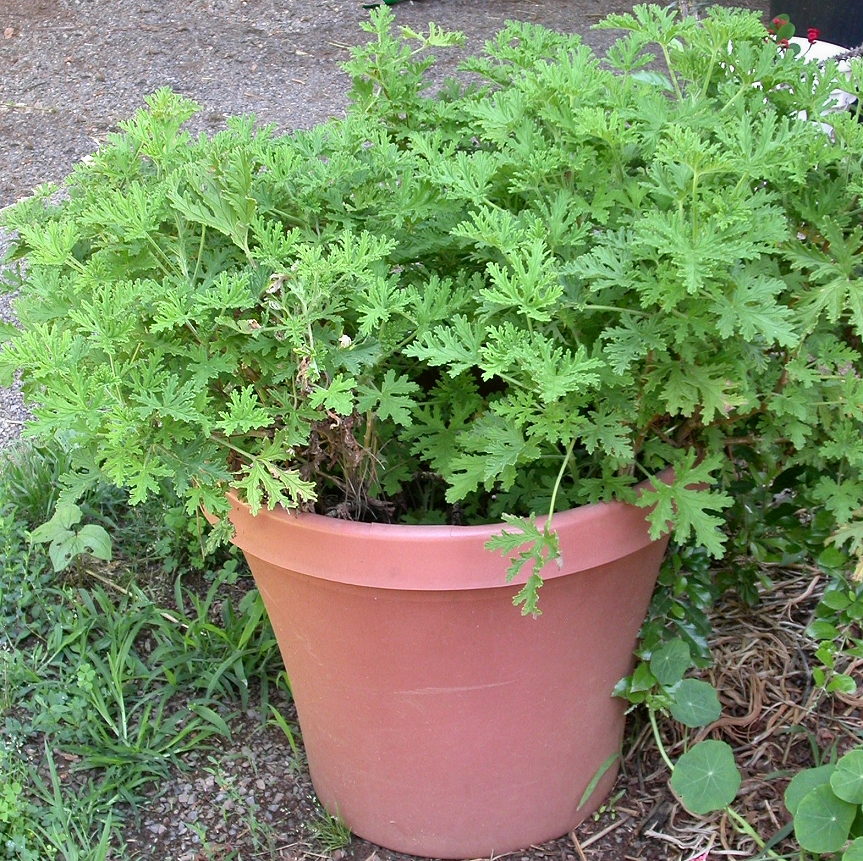Do you spend a significant amount of time outside in your yard in summer? Then you know that insect bites are a fact of life. Such awareness could well save your life in this age of the West Nile virus, when insect bites can be deadly. But if you’re concerned about the long-term health consequences of applying chemicals to your skin, then the use of naturalmosquito repellants may be your solution to the challenge posed by West Nile virus. If we take “natural mosquito repellants” in the broadest sense, a number of options present themselves.
Natural Mosquito Repellants:
Certain bath oils, such as Avon’s “Skin-So-Soft”
Devices such as the Mosquito Magnet
How you dress: avoid dark clothing
Attacking the problem at the source: mosquito-larvae control
Citronella products are widely used natural mosquito repellents.
You’ve probably heard of high tech’s answer for natural mosquito repellents: the Mosquito Magnet (and similar products). It’s a device that gives off a gas simulating human breath, whereby it lures mosquitoes into its death chamber. There are also many Mosquito misting type systems that can be professionally or self installed as well.
Even how you dress can influence whether you suffer insect bites. Mosquitoes are drawn to dark-colored clothing. So while not technically “natural mosquito repellents,” clothes that are light-colored can certainly be viewed as weapons in your mosquito-control arsenal.
From a Landscaping Perspective, What can be done About West Nile Virus?
Besides using mosquito repellents to protect your person against insect bites, those working on the landscape can take measures to help stop the spread of West Nile virus. Since West Nile virus is transmitted to humans via mosquitoes, and since the larvae of mosquitoes are found in standing water, one group of measures should obviously focus on sources of standing water in your landscaping. But just what those sources consist of can be far from obvious.
Prevention: Killing Mosquito Larvae
We know that fish eat bugs. So perhaps you’ve thought, “Too bad there isn’t there a ‘mosquito fish’ I could put in my water garden to eat mosquito larvae.” Well, believe it or not, the mosquito fish isn’t a mythical beast, a benevolent creature found only in our dreams, like the mermaid. There really is such a thing as a mosquito fish!
I’ll have more to say about the mosquito fish below. But first, let’s consider the role of mosquito larvae in our war against West Nile virus.
Successfully killing mosquitoes is based on a simple yet important observation. When mosquitoes become adults, they rule the skies. Locating and killing winged bugs is difficult. Let’s face it: the bugs are small and the sky is big. It’s like trying to find a needle in a haystack.
Consequently, mosquito control that focuses instead on killing mosquito larvaeor depriving mosquitoes of breeding grounds makes a lot of sense.
But before considering ways to kill the larvae in areas of your landscaping where you intentionally keep standing water, let’s look at some of the sources of standing water that you might not immediately think of:
Water buckets and rain barrels.
Bottles and cans.
Empty plastic pots from the nursery and other concave odds and ends you threw in a pile behind the garage.
Old car tires (notorious rain-catchers).
That wheelbarrow you’ve been meaning to bring inside, as soon as you fix its flat tire….
Boat tarps or pool covers in which water can puddle.
Uneven areas in lawns or gardens where irrigation water can collect.
Clogged rain gutters and clogged drains.
Birdbaths and water bowls for pets.
Seepage from septic tanks.
But that still leaves the standing water that you wish to keep, such as that in swimming pools and water fountains. How can you kill the mosquito larvae which may be lurking in these places?
Keep swimming pools clean, aerated and chlorinated.
A bacteria called “Bti” (Bacillus thuringiensis) is often used for mosquito larvae control in standing water.
Aerate artificial ponds.
Avoid the temptation to mass aquatic plants together excessively in artificial ponds (mosquito larvae can hide from the fish if the vegetation is dense).
Stock artificial ponds with fish that eat mosquito larvae.
But which fish are the best eaters of mosquito larvae? Minnows and goldfish are common denizens of artificial ponds, and they do a fine job of eating mosquito larvae. But another fish, Gambusia affinis, has acquired such a reputation as an eater of mosquito larvae that it has been nicknamed, “mosquito fish.” Contact your local municipality regarding the availability of mosquito fish in your area. Formerly an obscure species, the mosquito fish is now enjoying the limelight due to the West Nile invasion of North America.

